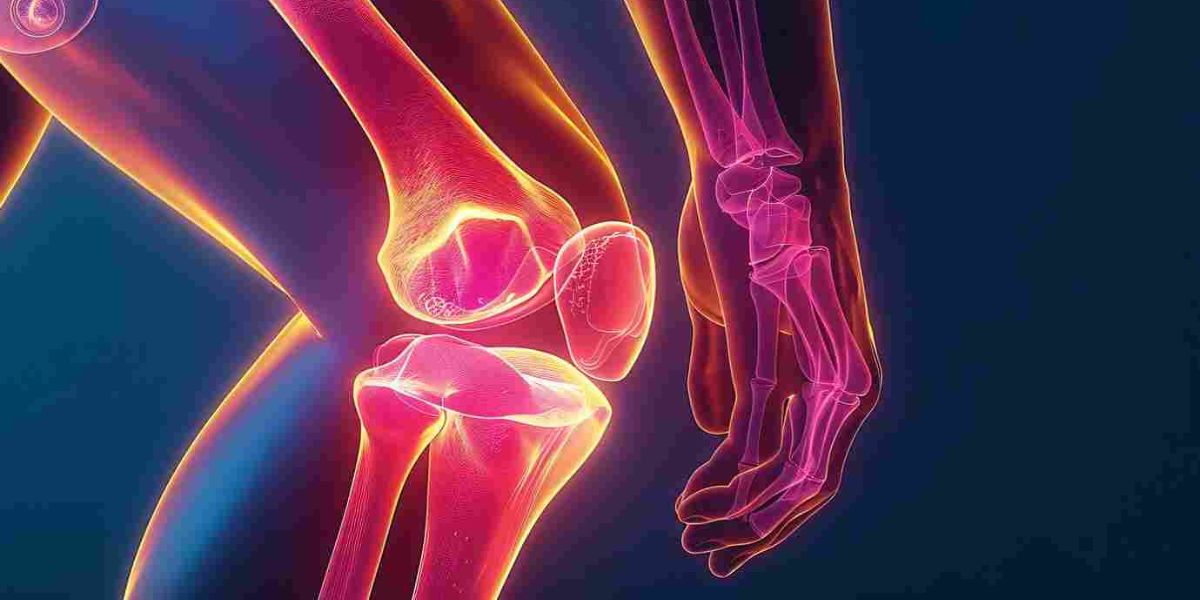What Is Subtalar Fusion?
Subtalar joint fusion is a specialized orthopedic foot surgery aimed at relieving severe pain caused by arthritis or injury in the subtalar joint. This surgery involves joining two bones below the ankle to stop painful movement. Many people turn to foot fusion surgery when other treatments fail to ease their discomfort. The procedure stabilizes the foot, improving balance and reducing subtalar joint pain relief. While it limits some foot motion, it can dramatically enhance quality of life. Understanding the subtalar fusion procedure and its recovery is essential for anyone considering this surgery, as it helps set realistic expectations and prepares you for the healing journey ahead.
Understanding the Subtalar Joint
The subtalar joint anatomy is crucial to understand because it controls the foot’s side-to-side movements. This joint helps you walk on uneven surfaces and maintain balance. When the joint wears down due to arthritis or injury, it causes severe pain and limits mobility.
Since the subtalar joint plays a vital role in foot mechanics, any surgery here requires careful planning. The goal of subtalar joint surgery is to stop the painful motion while preserving as much foot function as possible. The fusion creates a single, solid bone from two bones, which prevents movement but also relieves pain.
Why Is Subtalar Fusion Performed?
Doctors recommend subtalar fusion primarily for people with foot arthritis treatment resistant to medication or therapy. Arthritis can cause swelling, stiffness, and unbearable pain. Fusion helps by eliminating the joint’s movement, which stops the pain at its source. Besides arthritis, subtalar fusion may be necessary for severe fractures, deformities, or failed previous surgeries.
This surgery is often a last resort when other options like braces, physical therapy, or injections fail. It offers a permanent solution for pain relief and improves quality of life for many. Patients should understand the trade-off between pain relief and the loss of joint mobility.
Before the Surgery: What to Expect
During preoperative preparation, your doctor will perform imaging tests like X-rays or CT scans to study the joint. You might need to stop certain medications and avoid eating before surgery. This phase also involves discussions about your medical history, allergies, and pain management plans.
Doctors also explain the surgical fusion technique and what recovery looks like. You may meet a physical therapist to start planning your rehabilitation. Preparing mentally and physically helps ease anxiety and improves outcomes.
During the Procedure: What Happens in the Operating Room
In the operating room, surgeons carefully expose the subtalar joint and remove damaged cartilage. They then place the bones in the correct position and fix them together with screws or plates, known as surgical hardware for fusion. This hardware keeps the bones stable while bone healing after fusion takes place.
The surgery usually takes one to two hours under general anesthesia. Surgeons aim for precise alignment to ensure proper healing and reduce future complications. Once the bones are fixed, the incision is closed, and a cast or splint is applied to maintain joint immobilization.
After the Surgery: Immediate Post-Op Care
After surgery, postoperative care protocol involves pain control, wound care, and preventing infection. You will likely wear a cast or boot to protect the fused joint. Doctors monitor closely for infection after fusion surgery or other complications like swelling or numbness.
Managing pain is essential, and your doctor may prescribe medications or recommend ice packs. Early movement of unaffected parts helps circulation and reduces blood clots. This phase is critical to avoid problems and promote healing.
Recovery Timeline: What Happens at 2, 6, and 12 Weeks
The first two weeks focus on healing the surgical wound and managing pain. You will remain non-weight-bearing or use assistive walking devices like crutches or a walker. By six weeks, some patients start gentle movement with physical therapy, while the bone begins to knit together.
At 12 weeks, many enter the phase of physical therapy after fusion focusing on strength and mobility. Walking improves gradually, but full recovery might take up to a year. A typical joint fusion recovery table shows pain and swelling decrease over months while walking ability slowly returns.
| Time After Surgery | Recovery Stage | Activity Level |
|---|---|---|
| 0-2 Weeks | Wound healing, pain control | Non-weight bearing, rest |
| 3-6 Weeks | Early bone healing | Partial weight-bearing, gentle PT |
| 7-12 Weeks | Increased mobility | Weight-bearing as tolerated, PT |
| 3-12 Months | Full recovery | Return to normal activities gradually |

Risks and Complications of Subtalar Fusion
Like all surgeries, fusion surgery complications can occur. Risks include infection after fusion surgery, nerve damage from surgery, and nonunion in joint fusion where bones fail to heal properly. Other issues may be blood clots, stiffness, or hardware irritation.
Understanding these risks helps patients make informed decisions. Surgeons take precautions to minimize problems, but some require further treatment or surgery. Early recognition and proper care are vital to prevent serious complications.
Walking After Subtalar Fusion: What Changes?
After fusion, walking mechanics change because the subtalar joint no longer moves. Patients often notice improved stability but reduced ability to walk on uneven ground. Physical therapy helps adapt to these changes and strengthens surrounding muscles.
Most people can walk normally after full recovery, but some may need orthotic supports or shoe modifications. Walking after foot surgery improves over time, though some limitations remain. Patients report less pain and better quality of life despite these adjustments.
Tips for a Smoother Recovery
A smooth recovery depends on following medical advice closely. Protecting the foot, attending all physical therapy sessions, and maintaining a healthy lifestyle are key. Avoid smoking, which slows healing, and eat nutritious foods rich in calcium and vitamins.
Using compression garments for lymphedema or swelling control if needed and keeping the foot elevated reduces swelling. Stay in touch with your healthcare team for any concerns. Rehabilitation is a team effort, and commitment to therapy accelerates progress.
This guide covers everything you need about subtalar fusion procedure, its risks, recovery, and long-term outlook. Remember, the goal is pain relief and improved function, even if it means sacrificing some joint motion. With proper care, most patients regain mobility and enjoy a better life.
Best Ankle Sprain Exercises for Fast and Safe Recovery
FAQs
What is a subtalar fusion?
Subtalar fusion is a surgical procedure that joins the bones in the subtalar joint to reduce pain and improve stability.
What motion is lost with subtalar fusion?
You lose side-to-side foot movement, which affects your ability to walk on uneven surfaces smoothly.
Can I run after subtalar fusion?
Running is usually not recommended because the joint movement is limited, but low-impact activities may be possible.
What is the recovery time for a subtalar fusion?
Recovery typically takes 3 to 6 months, with gradual improvement through physical therapy and proper care.
Welcome to Heel Tooth! I’m Lee Marvin.

